
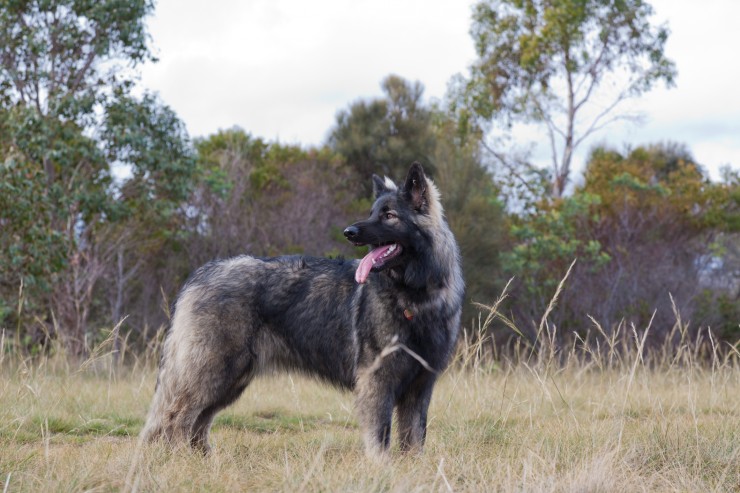
The Shiloh shepherd dog looks, at a glance, very similar to the German shepherd, and if you ever spot one out and about, there is every likelihood that you would simply think it was a slightly unusual and rather large German shepherd-unless you know what to look for!
The Shiloh shepherd breed is classed as still being under development, which means that it has yet to be standardised and formally recognised as a mainstream breed in the UK, and as such, cannot be registered as a pedigree with The Kennel Club. However, many rare breed clubs currently recognise the breed, and many other international canine registries have acknowledged its ongoing development too, and so ultimately, the Shiloh shepherd can best be classed as a breed in the making, and still relatively uncommon.
Whilst the main part of the breed’s development and standardisation is currently taking place in the USA, Shiloh shepherds and dogs of this type can also be found in the UK in smaller numbers, and are likely to become highly in demand among dog owners in the future who like the traditional appearance of the German shepherd breed, which is rather different to its present-day norms.
In this article, we will look at the Shiloh shepherd dog in more detail, including their core traits and connections to the German shepherd breed. Read on to learn more.
Development of the Shiloh shepherd dog formally began in the 1970’s in the USA. Tina Barber, owner of the Shiloh Shepherds kennel, wished to develop a type of German shepherd dog that was more similar to their traditional appearance than the modern breed norm, which has deviated significantly from the natural appearance of the breed in many ways.
Today’s German shepherd has a much more extreme slope of the back and spine than the breed had historically, which in turn, has led to a much higher breed-specific incidence rate of hip dysplasia and other issues. The Shiloh shepherd is intended to be very bright, large in size, physically in proportion, and bred for good health and conformation.
Barber’s breeding programme began with German shepherd dogs as her foundation stock, which were selectively bred to phase out the breed’s exaggeration of the slope of the spine and hocks, and after several generations of selective breeding, attempted to gain recognition of her own breed line as an entirely new breed, named the Shiloh shepherd.
The breed is still classed as being in the developmental stages, and gaining full recognition as a breed in its own right with all of the main international dog registries is a process that generally takes several decades to achieve.
After Tina Barber’s death in 2001, her daughter, Lisa Barber, has continued to develop and advocate for the breed.
As mentioned, there are a lot of physical similarities between the Shiloh shepherd and the German shepherd, as is to be expected given that the Shiloh was developed from GSD ancestry, and that the ultimate intention of breeding the Shiloh is to create a dog that physically resembles traditional, pre-WWII German shepherds.
The Shiloh shepherd should be strong and muscular but not fat, and should be above 30” in height for males, and 28” for females, with the male weighing at least 110lb, and the female weighing at least 80lb. they should be proportionate and balanced in appearance, slightly longer than they are tall, and should not display a significant degree of sloping of the spine and hocks. The Shiloh shepherd is like for like larger than the German shepherd, but has a similar shape to the face and muzzle.
The coat of the Shiloh may be either plush or double-layered, and can be found in a wide range of colours, many of which are of course, the same as those displayed in the German shepherd.
The Shiloh shepherd’s personality is as important as their appearance, and they are designed to be good all-round working dogs and family pets, and good with children of all ages.
They should be loyal, obedient and gentle, whilst still retaining strong working instincts and a desire to please, which, coupled with their high intelligence makes them a good fit for both family life, working roles and sport. They should be neither shy nor aggressive, and assuming that they are well socialised when young, should be good with other dogs and not overly territorial with strangers.
The average longevity of the Shiloh shepherd dog can be rather variable, with published data indicating an average of anything from 9-14 years. At the top end of the scale, this gives the Shiloh shepherd a better average lifespan than most other dog breeds of an equivalent size, and deliberate breeding for good health and conformation are likely to increase their mean age in the long term.
Like the German shepherd, the breed can be rather predisposed to bloat or GDV, due to their deep chests, and also, hip dysplasia remains a risk within the breed, although this is one particular factor that is carefully monitored with a view to breeding out.
As mentioned, the Shiloh shepherd is still a breed in development, and as such, they are not very common nor often available for sale! However, the breed is now becoming better known internationally, and many UK German shepherd enthusiasts and breeders are showing an interest as well, so it is highly likely that over the coming years, the breed will become rather easier to buy!
 Mange
I want to share a story with you regarding
Mange
I want to share a story with you regarding
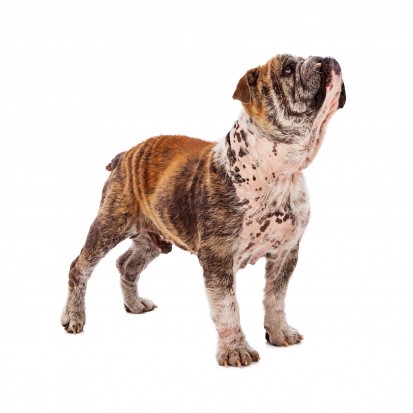 Demodectic Mange In Dogs
Demodectic Mange
Demodectic Mange In Dogs
Demodectic Mange
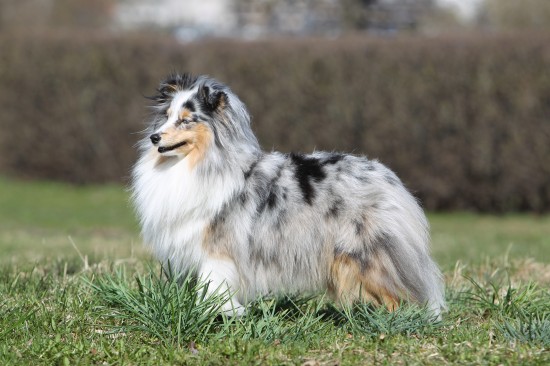 The Blue Merle Shetland Sheepdog Gene And What It Means For Dogs
The Blue Merle Sh
The Blue Merle Shetland Sheepdog Gene And What It Means For Dogs
The Blue Merle Sh
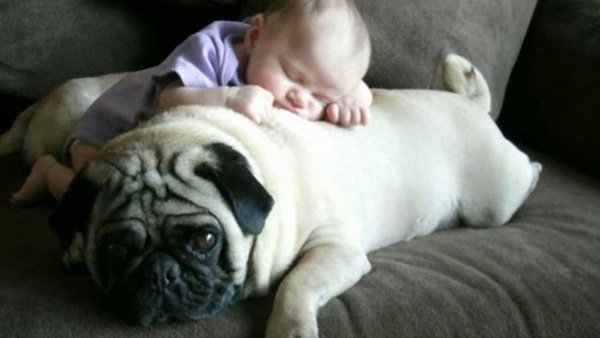 A Simple Guide to Kitten Age Estimation
A Simple Guide to Kitten Age Estimation
So you
A Simple Guide to Kitten Age Estimation
A Simple Guide to Kitten Age Estimation
So you
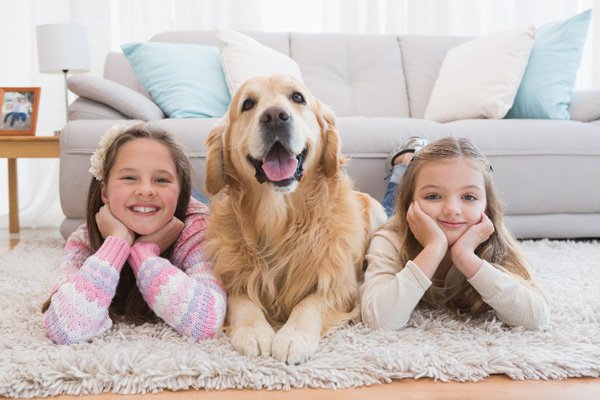 Which Dog Leash Is A Better Choice?
Which Dog Leash Is A Better Choice?
When you a
Which Dog Leash Is A Better Choice?
Which Dog Leash Is A Better Choice?
When you a
Copyright © 2005-2016 Pet Information All Rights Reserved
Contact us: www162date@outlook.com